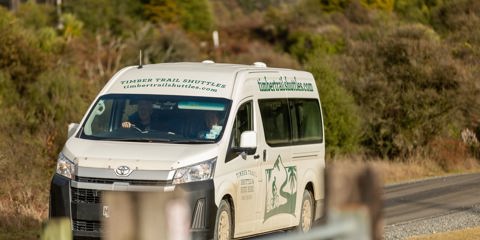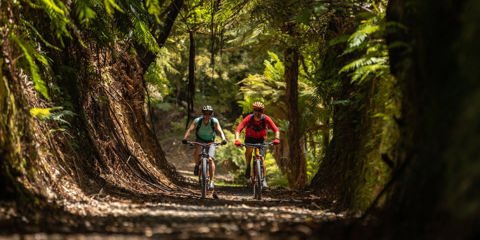The Department of Conservation encourage visitors to the Tongariro Alpine Crossing to book in advance for visits after 14 October. There is no cost to book. For more information, head here.
Tongariro Alpine Crossing Basics
- For your safety, it is essential that you are properly prepared to walk the Tongariro Alpine Crossing. It is not safe to go in poor visibility, heavy rain or snow, or strong wind. The walk to Tama Lakes from Whakapapa Village is a good alternative day walk in suitable weather conditions.
- There are no water stations on the track and the stream and lake water is not suitable for consumption. You will need to bring your own water supply, we recommend at least two litres per person.
- There are no water stations on the track and the stream and lake water is not suitable for consumption. You will need to bring your own water supply, we recommend at least two litres per person.
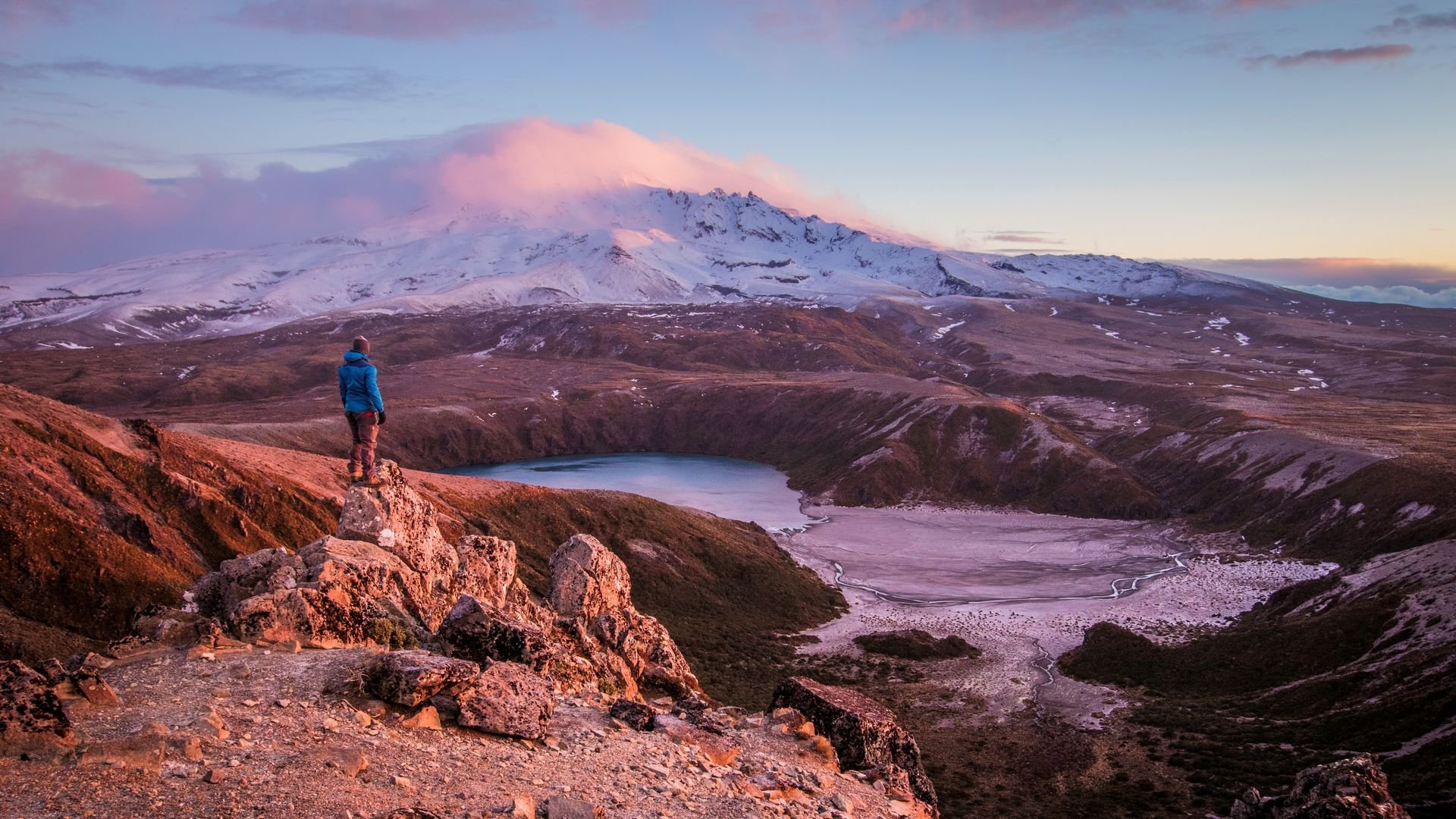
- The track surface is a mix of formed track/boardwalk and rugged and exposed alpine terrain.
- There is one section of forest at the northern end of the track.
- You walk at a higher altitude than normal. Starting at the Mangatepopo end at 1120 m above sea level, with the highest point at the top of Red Crater at 1886 m, and the final stage of the track finishing at 760 m.
- Most streams are bridged and there are no river crossings, but heavy rain can cause flash flooding.
- Major hazards are generally managed on the track during the summer (October to April). In winter the main hazard is snow/ice on the track.
- You can get quality inside advice from local guides and easily book their services.
- Toilets are available at Mangatepopo and Ketetahi parking areas. There are also toilets at Soda Springs and Ketetahi shelter, with a 3 - 4 hour walk across open terrain in between.
- The Tongariro Alpine Crossing is classed as a tramping track. It is a demanding one day hike and you need reasonable fitness. You cover 19.4 km over a mixture of formed track and rough volcanic rock at alpine altitude. Some sections are steep, rocky or muddy.
- The track is well marked with signs, poles and markers, but sometimes visibility is limited.
- Expect to hike for 6 - 8 hours, possibly longer depending on your fitness and trip plan.
- Walking from the Mangatepopo end to Ketetahi, you will climb 766 vertical meters and descend a total of 1126 meters.
- Through sections of stairs and cut track, there are two challenging uphill climbs of 45 minutes to 1 hour each.
- There is an approximately 20-minute section of steep descent over loose rock (scree).
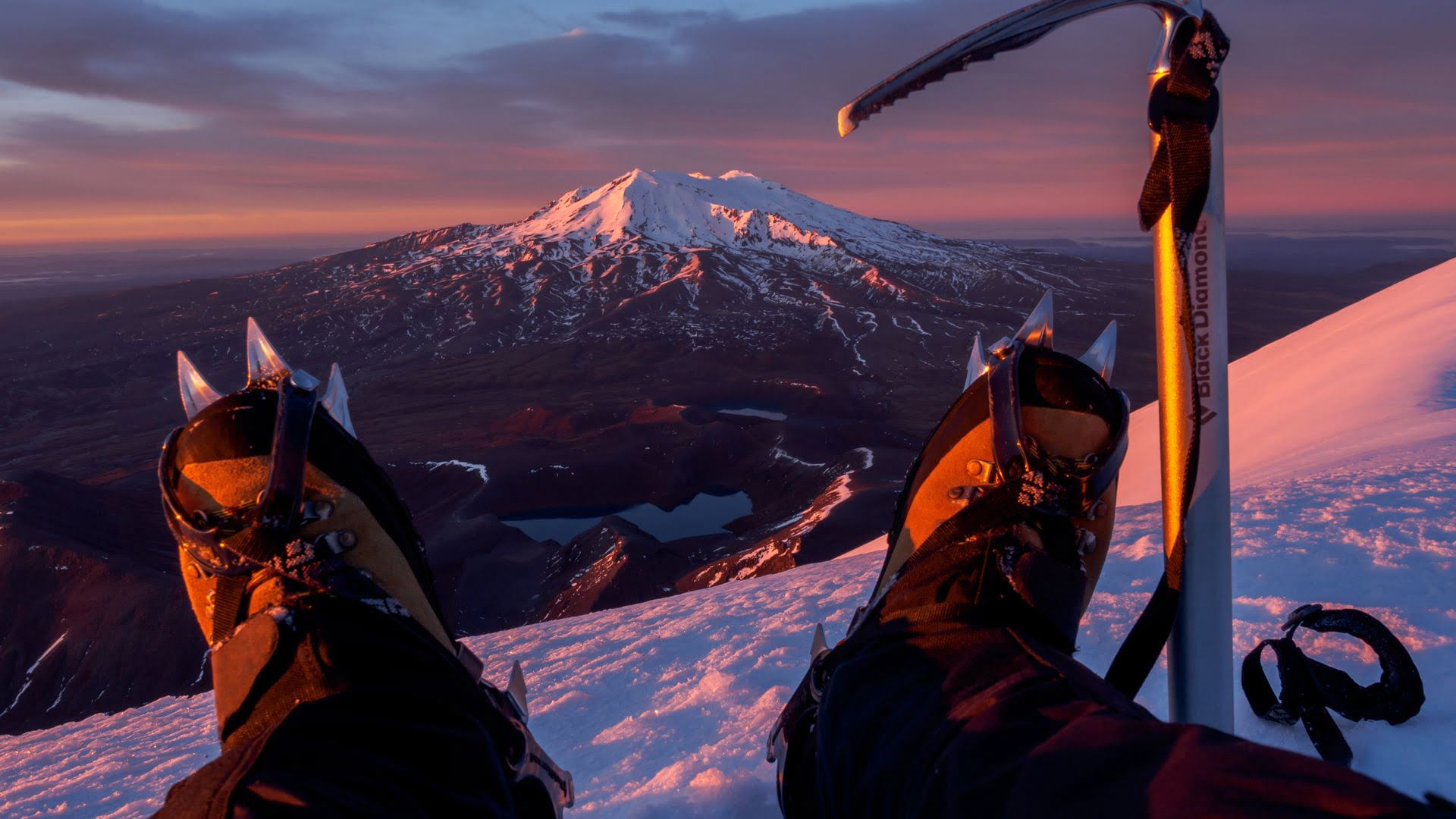
Know Before You Go
Seek and heed advice about the weather, appropriate clothing and the required levels of fitness. Most importantly make sure someone knows your plans, your intended travel route and let them know when you’ve returned. The best way is to follow the New Zealand Outdoors Intentions process. It is endorsed by New Zealand's search and rescue agencies.
The weather in the Tongariro National Park is often more extreme than in other places on the North Island. Be prepared for cold, wet, snowy/icy, or windy weather at any time of year. We recommend carrying equipment for all conditions, even if the forecast is for calm blue skies. Sturdy hiking boots, waterproof jacket and overtrousers, warm non-cotton undergarments, warm hat and gloves, first aid kit, sunscreen, hat and sunglasses, a map, 2+ litres of water, food, and a compass or GPS should be carried.
Tongariro Alpine Crossing in Winter/Early Spring
Hiking the Tongariro Alpine Crossing in winter requires special alpine equipment and skills as well as good preparation. Additional hazards are present such as snow and ice, avalanche risk, and freezing cold temperatures and the experience is very different to that of a summer hike.
If you are not an expert at hiking in an alpine environment please consider a guided trip - find a guide here
What to wear and take with you:
- Crampons and ice axe - and know how to use them
- Snow gaiters
- Avalanche probe, snow shovel and transceiver
- Sturdy hiking boots
- Waterproof jacket and over-trousers
- Warm thermal fabric under-clothing
- Warm hat and gloves
- First aid kit
- Sunscreen, hat and sunglasses
- A map and compass or GPS
- High energy food and water
WINTER SAFETY
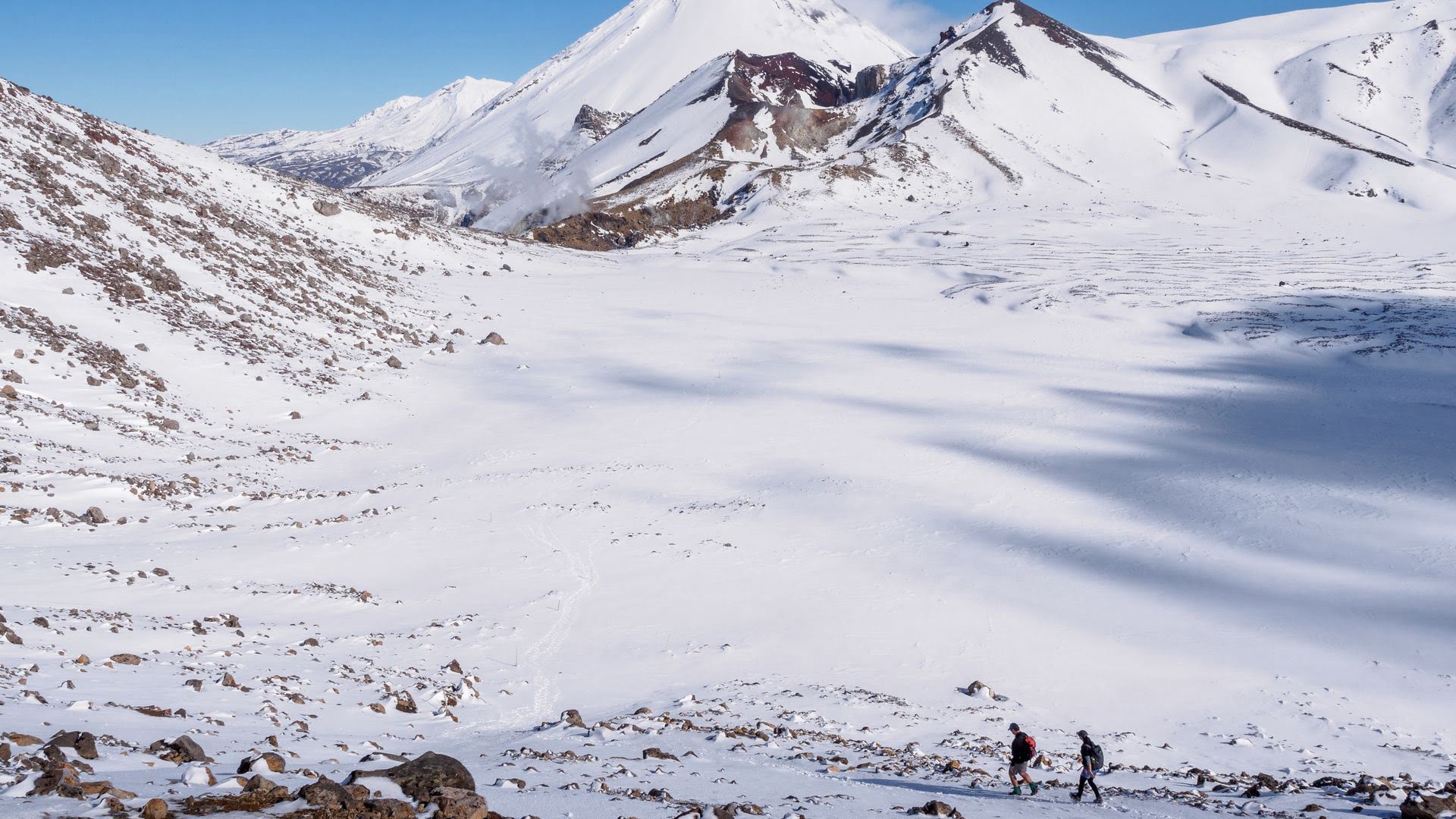
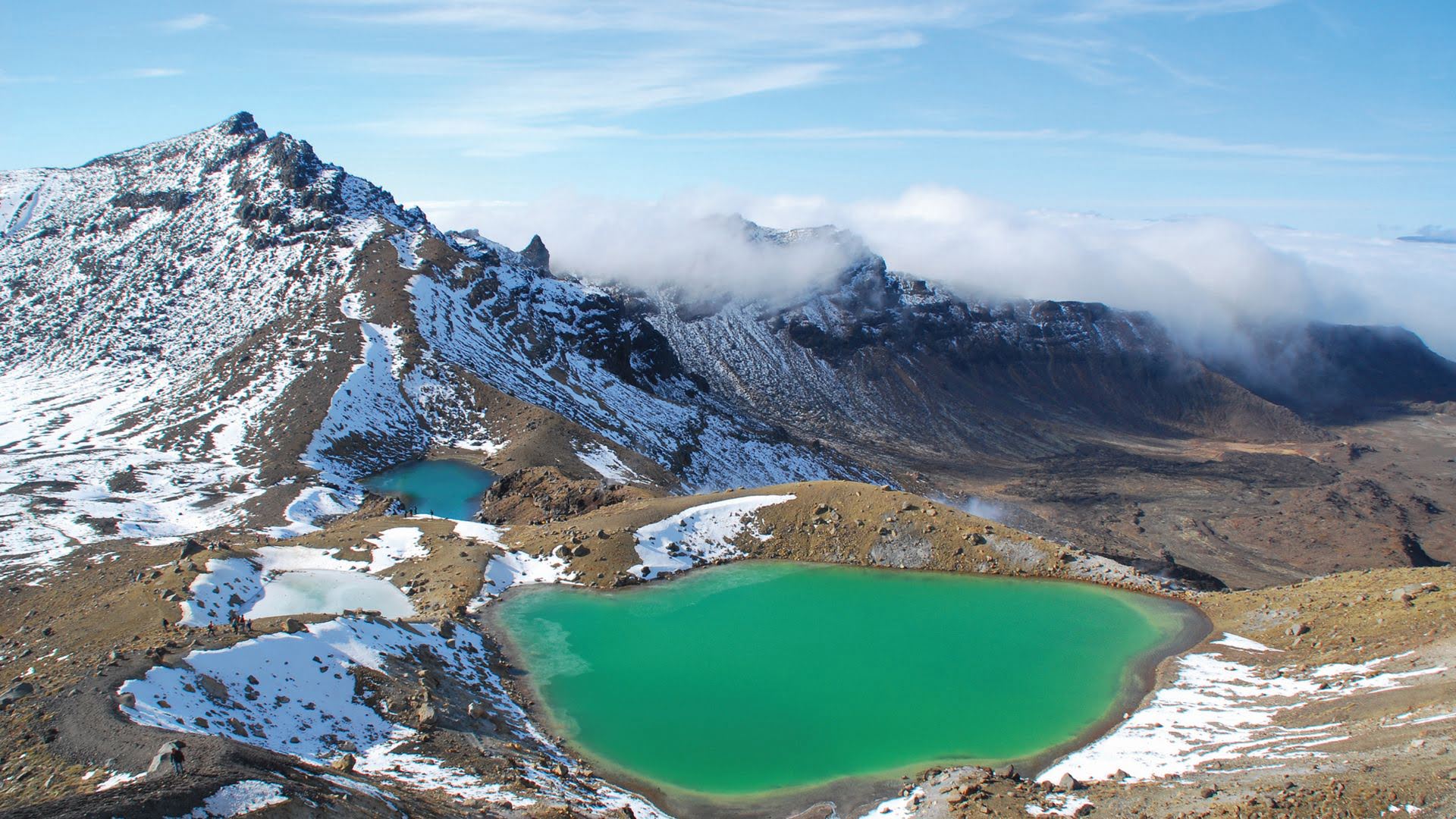
BOOK ONLINE
FACT SHEET
PLAN YOUR WALK











